Egyptian Mythology
-
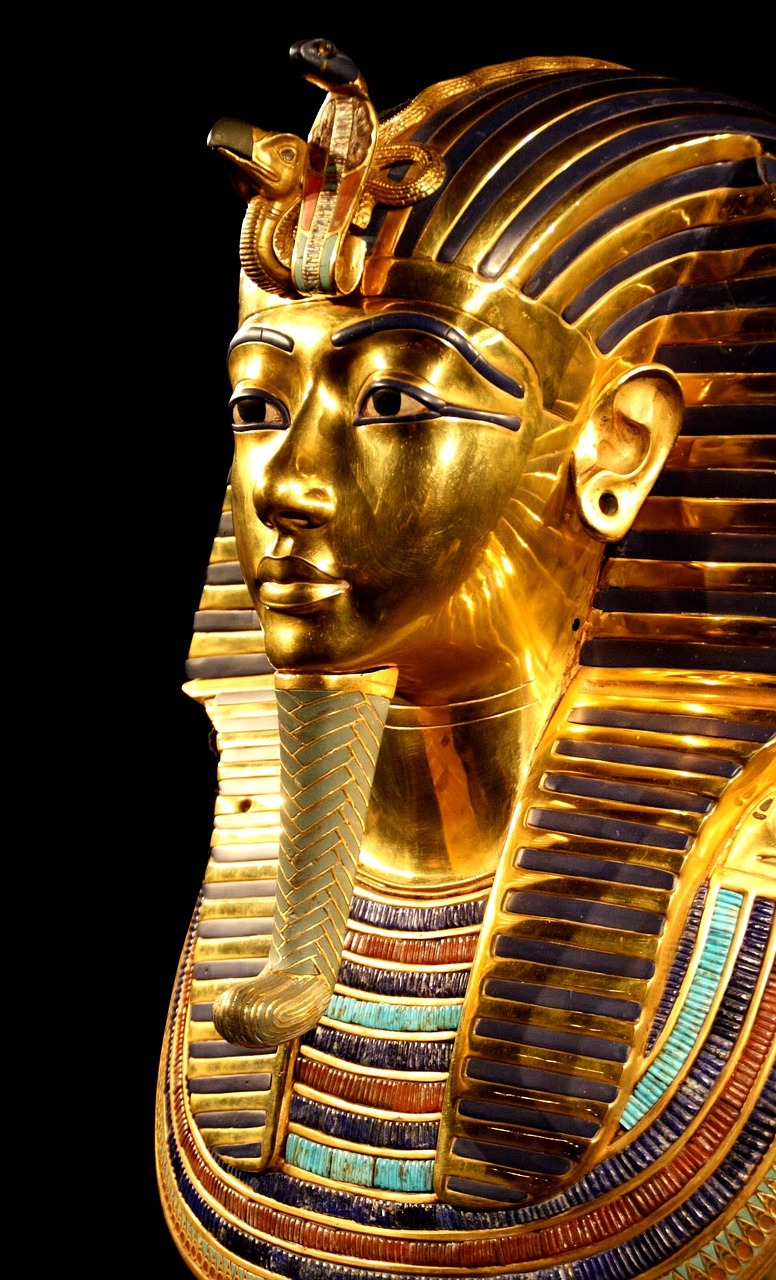
The Concept of Maat in Ancient Egyptian Cosmology The ancient Egyptian worldview is characterized by a series of dichotomies that define its culture and belief system, including Upper and Lower Egypt, the realms of the living and the dead, and the fertile land contrasted with the desert. Among these, perhaps the most significant duality lies…
-
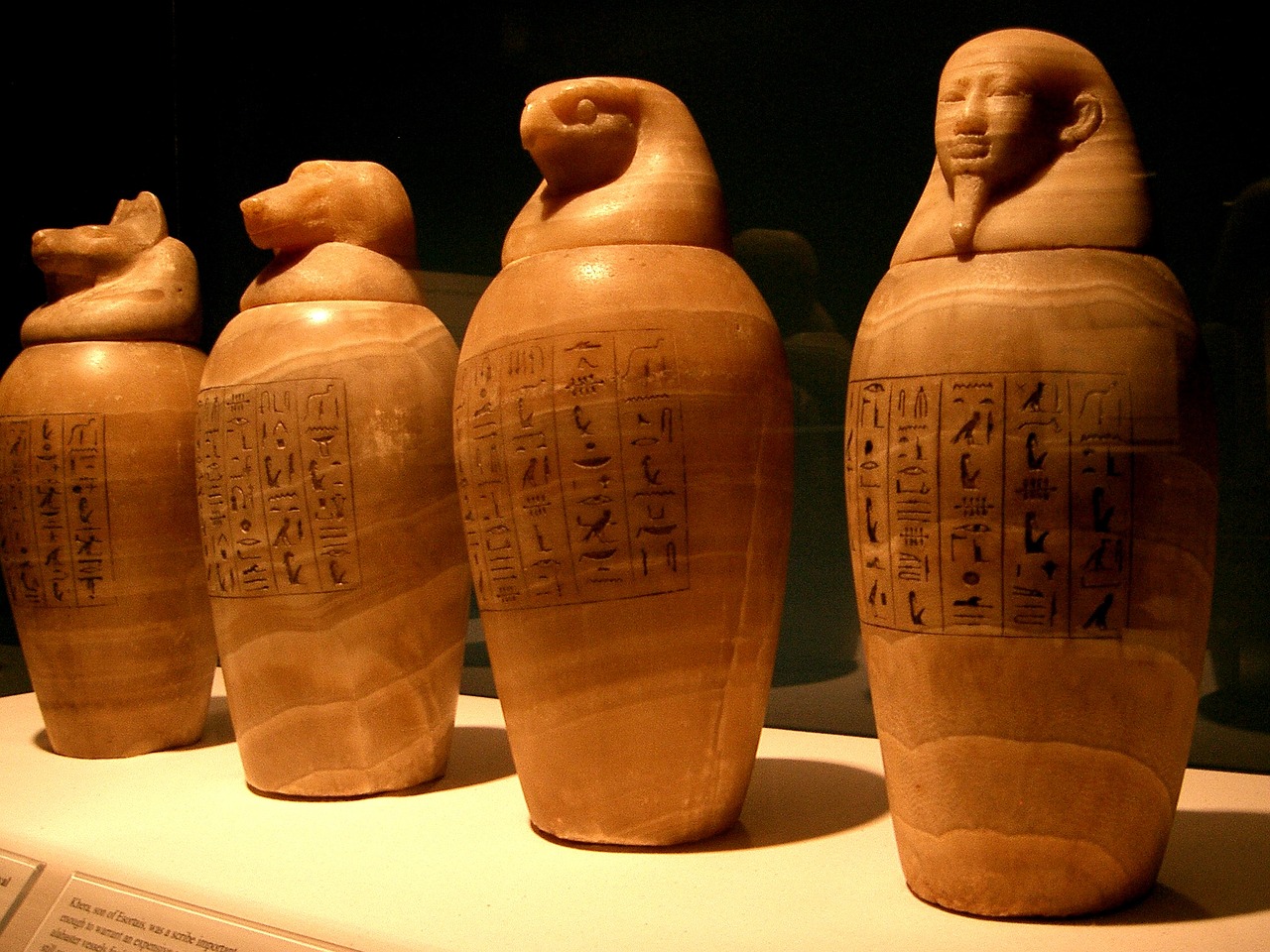
Anubis, a pivotal figure in ancient Egyptian mythology, is known for his association with mummification, funerary practices, and guiding souls to the afterlife. With other names such as Inpu, Inpw, and Anpu, he embodies the essence of protection for the deceased and serves as a patron for lost souls. This deity is among the oldest…
-

Life in ancient Egypt was heavily influenced by the annual flooding of the Nile, which endowed the land with its fertility. Consequently, it is natural to observe these elements reflected in the spiritual beliefs of the Egyptians, particularly through the worship of the crocodile deity, Sobek. Emerging initially as a local god, Sobek attained remarkable…
-
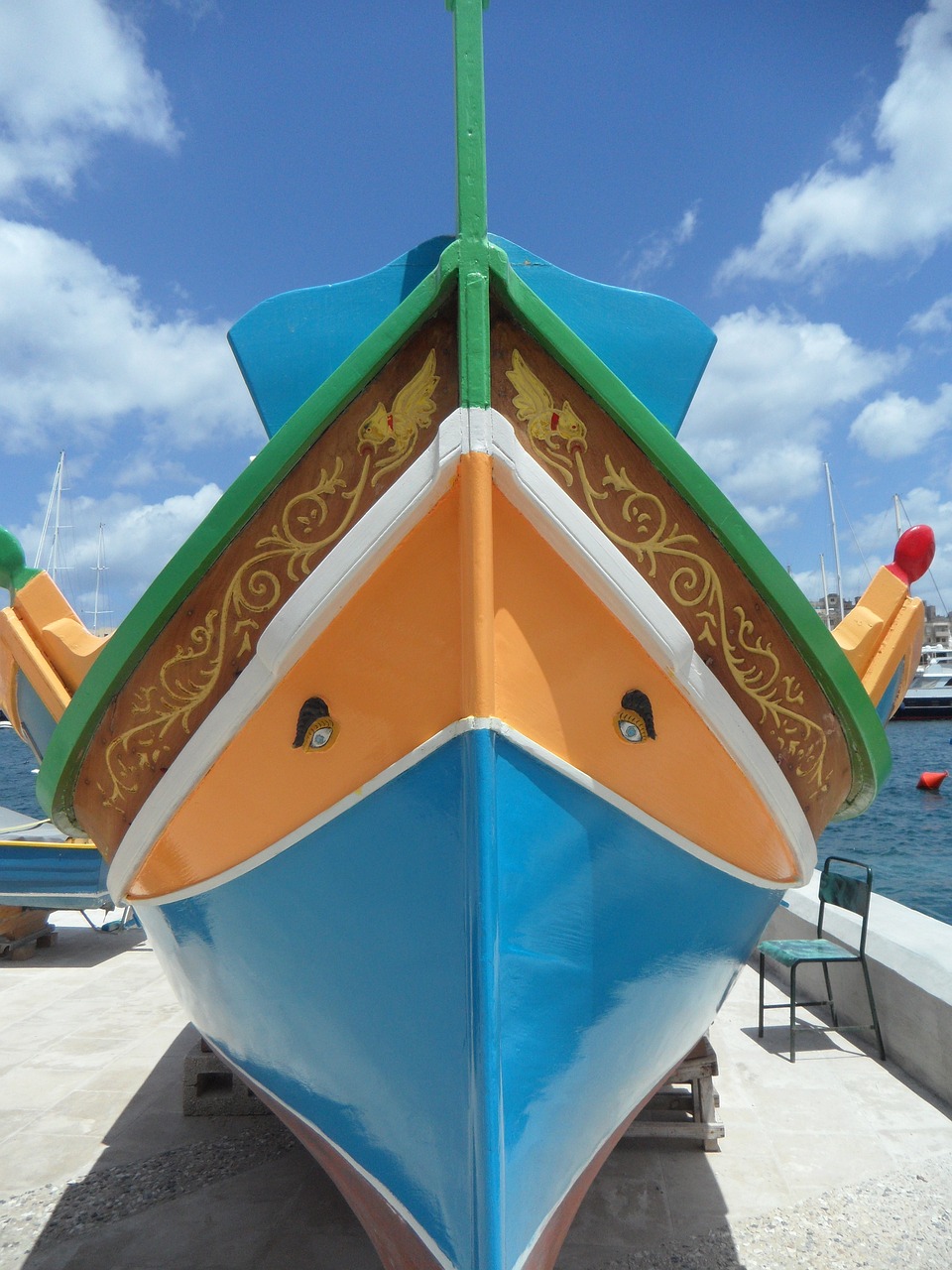
Egyptian mythology is composed of a diverse array of gods and goddesses, with Osiris emerging as a particularly remarkable figure. This exploration of Osiris will delve into his myths, attributes, and enduring significance in both ancient and contemporary contexts. Who is Osiris? Osiris, a central deity in Egyptian mythology, is often depicted with green skin,…
-
Understanding Heket: The Unique Goddess of Egyptian Fertility As a Heketean since 2008, I stumbled upon the confusion between Heket and Hekate early in my research journey. Although the names may share a common root, the similarities often cited felt superficial, lacking a deeper connection. After composing a brief article focused on Hekate and childbirth,…
-

Egyptian deities associated with the moon are often overshadowed by their solar counterparts, despite their rich mythology and significance. While Thoth was initially recognized as the primary moon god, his role later evolved into that of a deity of knowledge and time, allowing Khonsu to emerge as the definitive god linked to lunar symbolism. Further…
-
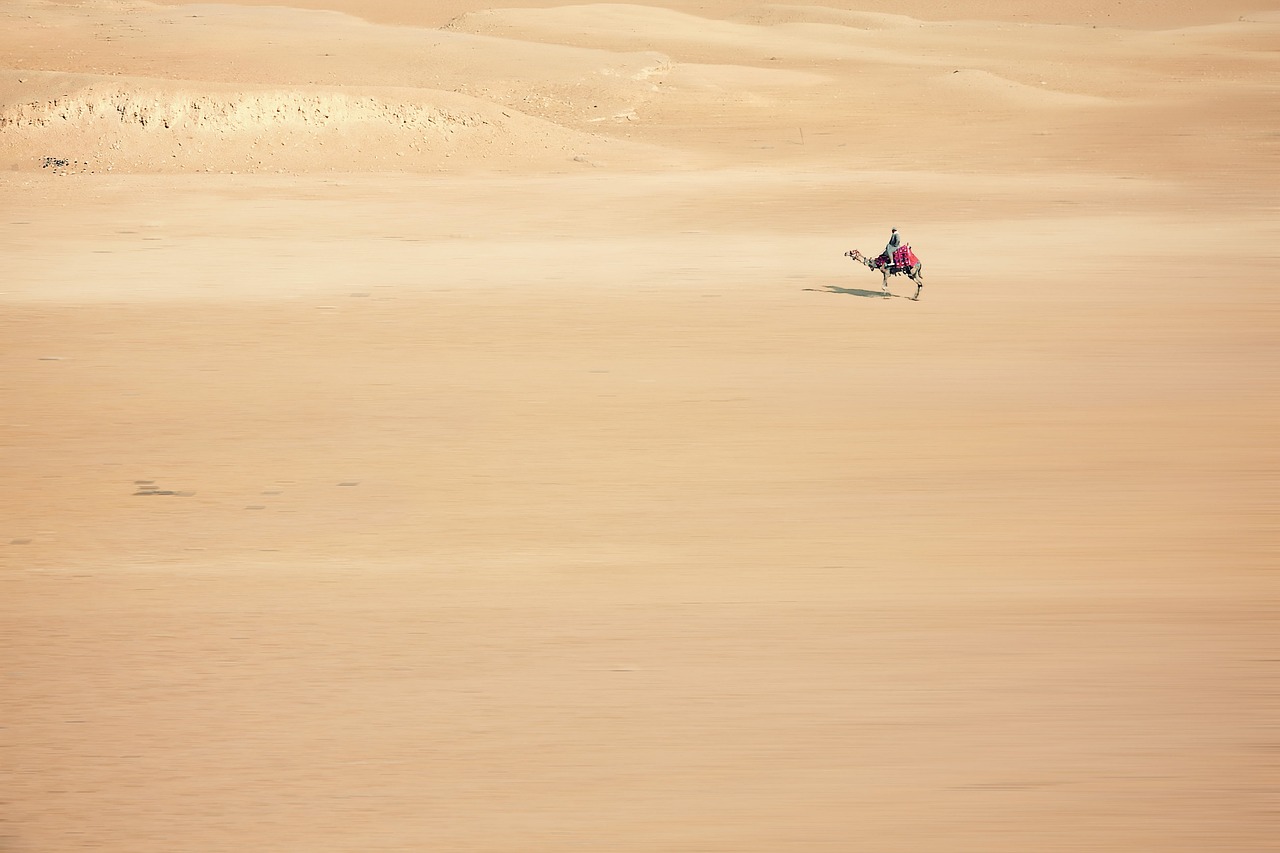
Ancient Egyptian Faience Statuette-Amulet of Thoth with Ibis Head This exquisite ancient Egyptian faience statuette, believed to date from the Late or Ptolemaic Period (6th–1st century B.C.), showcases the vibrancy of light green faience and stands at a height of 11.6 cm. Though in good condition, it should be noted that the beak has undergone…
-
The veneration of Ptah in ancient Egypt, especially in Memphis, marks him as a significant figure in the pantheon of deities, embodying the essence of craftsmanship and creativity. Although historical records from early Egypt are limited, Ptah’s relevance can be traced back to the late prehistoric era. Here are nine remarkable elements that underscore the…
-
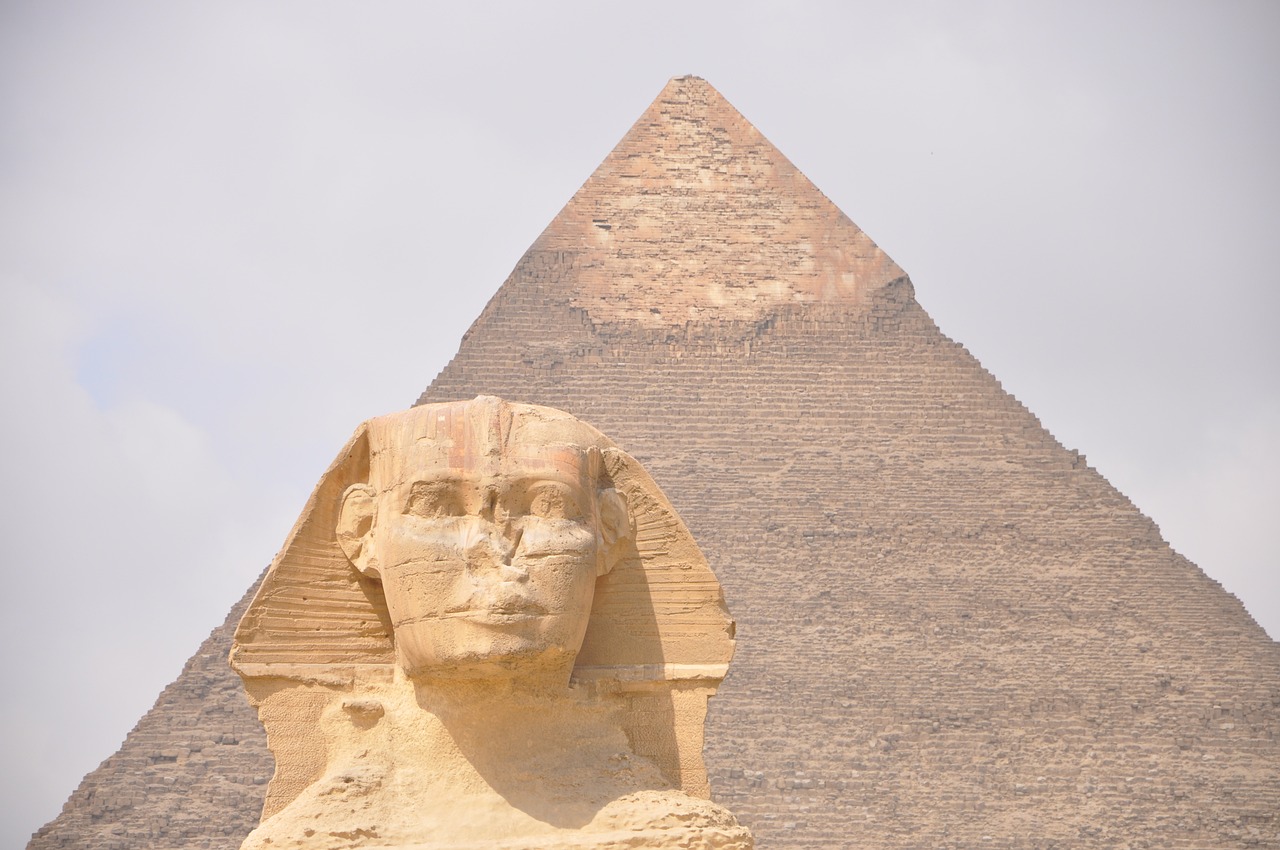
As surprising as it may appear, the seemingly unattractive demon known as Bes held a special place as a beloved guardian of home and childbirth. Remarkably, he was also credited with curing impotence. The Unconventional Guardian Upon discovering the striking block carving of Bes in Dendera’s courtyard, it became clear why he is so memorable.…
-
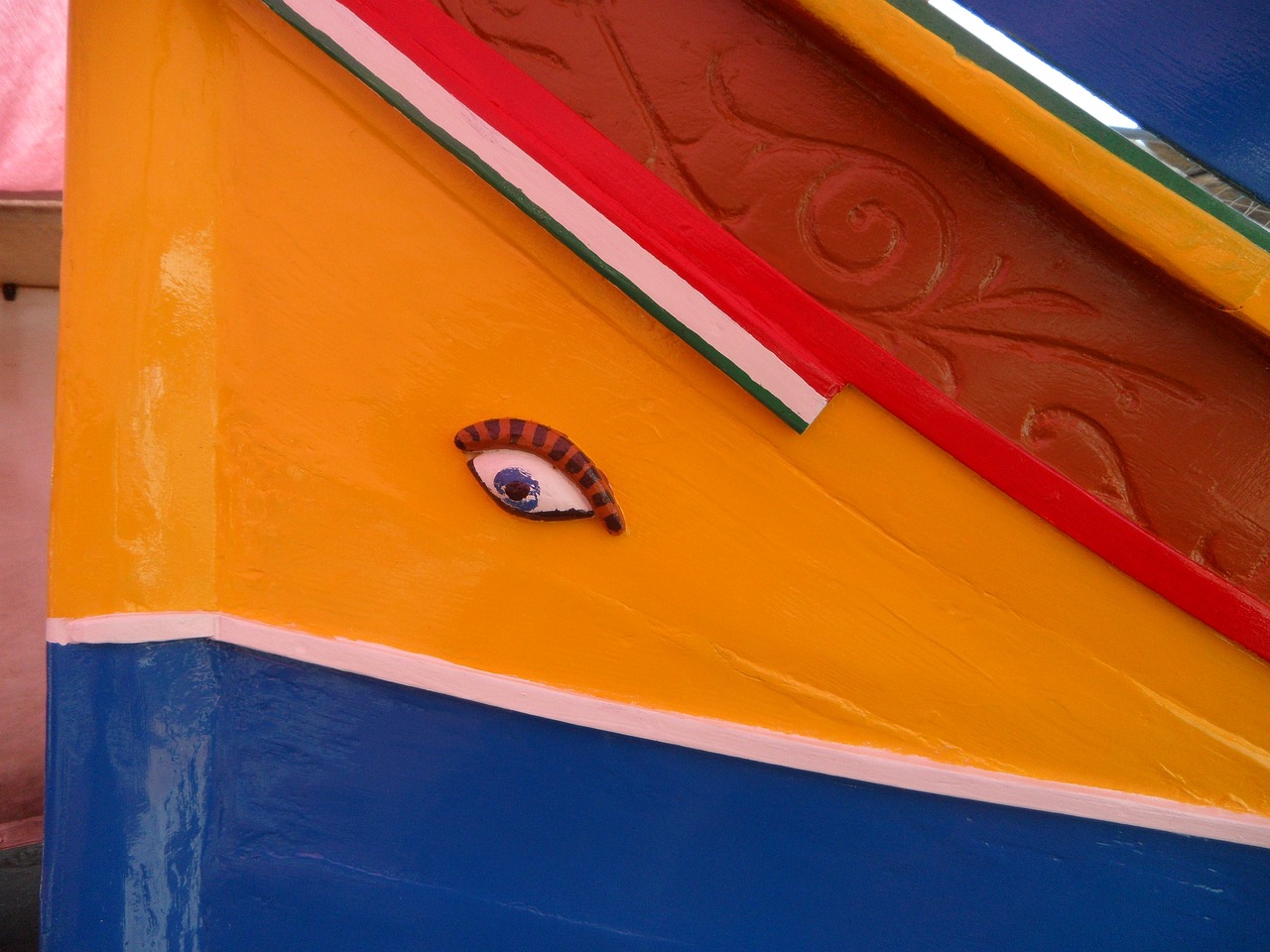
Osiris is revered as one of the principal deities of ancient Egypt, embodying complex themes of fertility and the afterlife. Initially, he was a local deity linked to Busiris in Lower Egypt, possibly representing the fertility of the underworld. By around 2400 BCE, Osiris was firmly established in dual roles: as a deity of fertility…


